Recessions, economic downturns, and stock market volatility — as is happening now — have long been a part of the U.S. economy.
A recession has occurred about once every six years since 1948. While each economic slump is different, some may have concerns about how charitable giving might be affected by the current economic uncertainty.
Despite these worries, history shows that in the long term philanthropy has remained resilient through economic downturns, even if it slows down while the economy bounces back.
“We know that many of our nonprofit partners may hit headwinds with the current economic climate,” said Danita DeHaney, the Community Foundation’s President and CEO. “As with past downturns, we’ll continue to be there with our donors side-by-side to address needs in the community at a critical time, which is central to our mission.”
Data from Giving USA shows that total charitable contributions have generally increased over the decades, even when adjusted for inflation.
Philanthropy is closely linked to the economy. Three major factors influence how much money is donated each year:
- Wealth: The stock market, especially the S&P 500, is a strong indicator of charitable giving. High-net-worth individuals often base their donations on their investments.
- Income: Giving rises when the economy is strong and slows during downturns. Historically, donations make up about 2% of the U.S. Gross Domestic Product (GDP).
- Tax Policy: Tax deductions encourage charitable giving. When tax benefits increase, donations tend to rise.
While overall giving has continued to grow, it’s unclear how the current uncertainty may impact different types of charities. Many are affected in different ways. During the 2008 recession, donations to human services, healthcare, and education increased, while arts and culture organizations saw declines.
Long-term trends show a shift in giving habits. Individual giving still makes up the largest portion of donations, but foundation and corporate giving have grown.
Donor-advised funds (DAFs) have also become a popular way for high-net-worth individuals to manage their charitable contributions. They can help insulate nonprofits from the full weight of challenging economic times, according to the National Philanthropic Trust (NPT).
That’s because DAF donors often have a reserve of charitable assets to use for grantmaking. DAF assets belong to the DAF sponsors and are not part of the donor’s personal assets, so donors are still prepared to give, even if economic conditions negatively impact their personal financial circumstances, the NPT said.
Despite economic uncertainties, philanthropy has proven to be adaptable. Historical data suggests that while downturns may slow charitable giving temporarily, donations typically rebound in the following years.
“We have weathered previous economic storms, and we will get through any such tempests that may be heading our way today with the support of generous donors whom we work with every day,” DeHaney said.





